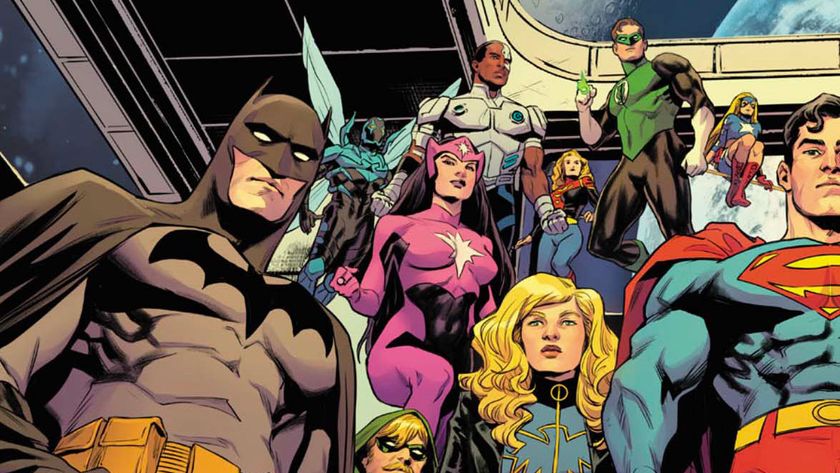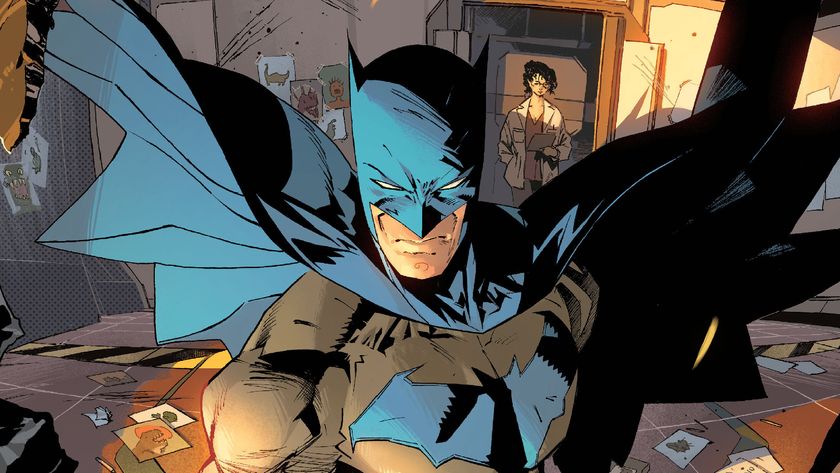The man who saved the Joker: the legacy of DC's Whitney Ellsworth
How the Clown Prince of Crime was saved from an ignominious fate
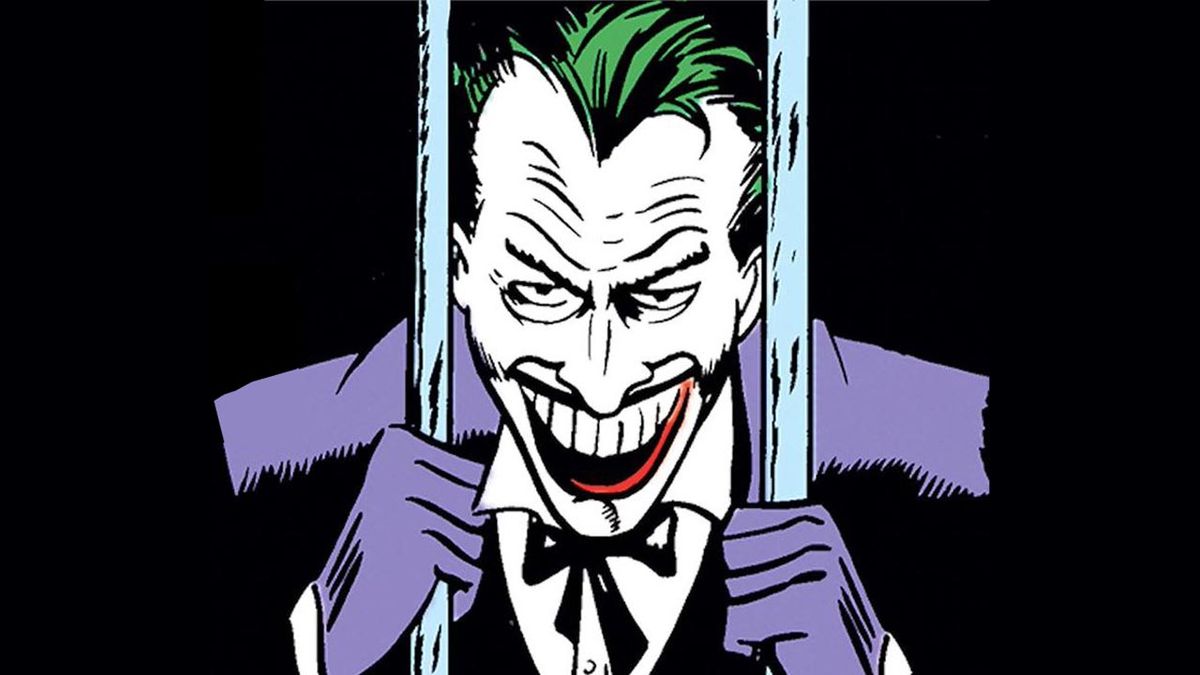
Earlier this month, DC released the Joker 80th Anniversary 100-Page Super Spectacular - highlighting arguably the most well-known villain of modern fiction. The clown-faced antagonist (and sometimes protagonist) has anchored several of Batman's most memorable stories, been responsible for millions of dollars' worth of merchandise, and has become the character that has twice given actors the chance for an Oscar-winning performance.
With all this history to his name, it’s at least ironic (maybe even, well, funny) that the Joker’s creators didn’t see a future for him at all.
In fact, they wanted him dead.
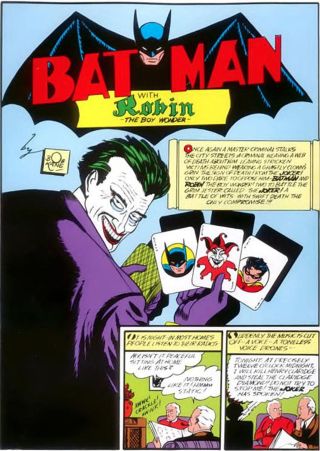
1940’s Batman #1 promised a confrontation the likes of which readers had never seen before. It was the Dark Knight and his ward, Robin, against a brand-new costumed foe, touted as “a battle of wits with swift death the only compromise.” And according to prolific comics writer Steve Englehart in an interview with NPR, writers Bob Kane and Bill Finger’s plan for the story would have been exactly that.
No, not for Batman of course... but for the Joker.
That’s not to say Batman was to kill him, per se. The Joker was supposed to miscalculate a knife-attack against the side-stepping Caped Crusader, leading to his own death. The issue would’ve then wrapped up, an anticlimactic punchline to the Joker’s fledgling career… had it not been for Whitney Ellsworth.
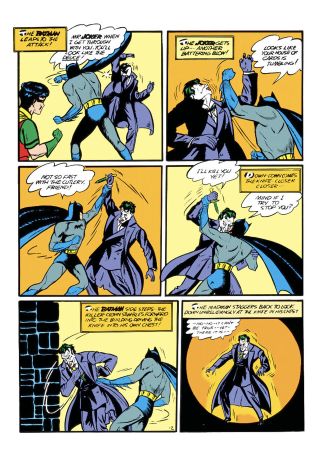
A Brooklyn-born author and illustrator, Whitney Ellsworth had been working at National Allied Publications (later to be known as DC) since 1934. In 1938, he was made editorial director, overseeing lasting DC titles like Action Comics, Detective Comics, and, of course, Batman. So, when the writers of Batman #1 went to plan the first titular adventure of the Dark Knight, it was Ellsworth who had final approval of the story. And luckily for Halloween costume stores everywhere, Ellsworth had a different ending in mind for the Joker.
Comic deals, prizes and latest news
Get the best comic news, insights, opinions, analysis and more!
As anyone who’s read Batman #1 knows, the issue ends with police discovering an almost-certainly dead Joker left in an alley by the Dynamic Duo. However, after some examination, an attending physician declares that Joker is alive and "going to live." The rather important plot point happens within a single panel, and if the ending feels like a bit of a deus ex machina, it’s because it was. Ellsworth’s changes came after the art was done for the book, making the Joker’s survival feel as crammed onto the physical page as much it is in the context of the story.
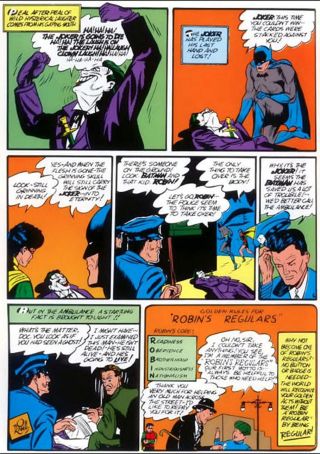
Ellsworth would continue paving the streets of Gotham, not just as editor of the Batman comic, but as the first writer of the Batman & Robin newspaper strip. In addition, Ellsworth edited several other key titles for DC, including Green Lantern, Wonder Woman, and Superboy. He would also add to DC’s roster of characters Cong Bill, a.k.a. Congorilla, who played a role in 2009’s Cry for Justice as well as the more recent series Damage. It’s enough influence to last a lifetime, but Ellsworth wasn’t done charting the course for DC’s history yet. In fact, he wasn’t even stopping at comics.
When Fleischer Studios began making its masterful Superman cartoon, it was Whitney Ellsworth who served as their contact with DC. So, when the time came to bring a live-action Superman to the screen, DC chose Ellsworth to serve as envoy. Serving as producer of both the 1951 Superman film and the subsequent TV series, Ellsworth had a large hand in crafting the Man of Steel’s live debut, especially when it came to the family-friendly tone of the series. "We made the villains comic so they wouldn’t frighten the kids," Ellsworth is quoted as saying in Fifty Who Made DC Great, a compendium DC released to celebrate its 50th anniversary in 1985.
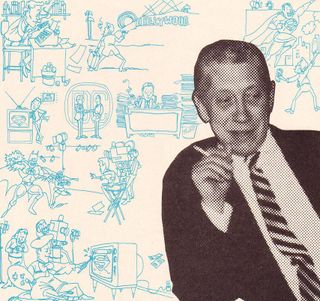
Beyond its tone, there was one other innovation Ellsworth pushed for that gave the Superman TV show its place in comic media history. That is, the fact that it was filmed in color. It was a crazy idea to see in a 50s television show and, according to Fifty Who Made DC Great, it pushed the limits of the shows already low budget. But, like a grinning megalomaniac with a degree in chemistry, Ellsworth knew it was a crazy idea worth pursuing.
There’s a lot of talent that has gone into the decades-long making of the Joker. From the vocal acting of Mark Hamill, to the writing of Brian Azzarello, to the art of Marshall Rogers, the Clown Prince of Crime wouldn’t exist today without a circus of brilliant contributors. Hopefully, as comic fans continue to celebrate important milestones in the character’s history, they give the credit due to Whitney Ellsworth’s talent for forward thinking. Without it, Batman, DC , and maybe even comic book the medium would not be the same.
(Special thanks to History of the Batman’s Londyn Jackson for assistance in researching this article.)

Grant DeArmitt is a NYC-based writer and editor who regularly contributes bylines to Newsarama. Grant is a horror aficionado, writing about the genre for Nightmare on Film Street, and has written features, reviews, and interviews for the likes of PanelxPanel and Monkeys Fighting Robots. Grant says he probably isn't a werewolf… but you can never be too careful.
Most Popular





